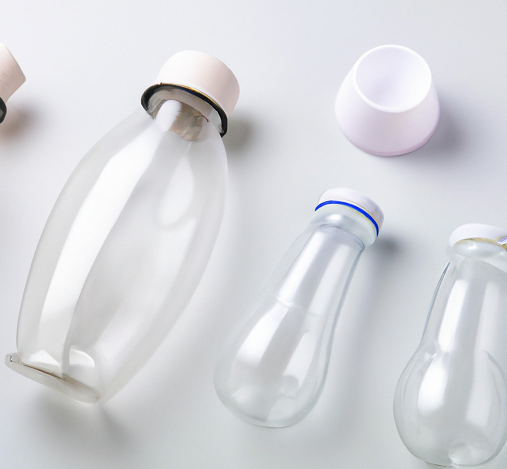Plastic bottles and cups are widely used for packaging and serving beverages, both for personal and commercial purposes. However, their non-biodegradable nature and harmful impact on the environment have led to a growing demand for alternatives.
The excessive use of plastic bottles and cups has resulted in plastic pollution, affecting the health of marine life, wildlife, and humans. Hence, it is imperative to find new materials that can replace plastic bottles and cups.
Alternatives to Plastic Bottles & Cups
Glass bottles & Cups are durable, reusable, and environmentally friendly. They can be recycled multiple times and do not pose a threat to the environment.
Metal bottles & Cups made of stainless steel or aluminum are durable and reusable, making them an eco-friendly alternative to plastic bottles. They are also resistant to impacts and do not leach harmful chemicals into drinks.
Biodegradable plastic bottles & Cups are made of plant-based materials and decompose quickly when disposed of in the environment. However, they still pose a threat to marine life if not disposed of properly.
Paper-based bottles & Cups are made from sustainable and renewable materials and can be recycled or biodegraded. They are an environmentally friendly alternative to plastic bottles.
The new materials are more environmentally friendly and have a lower impact on the environment compared to plastic bottles and cups. Most of the new materials are durable and reusable, reducing the need for single-use packaging and reducing waste.
The new materials are made from sustainable and renewable resources, reducing the depletion of finite resources and promoting sustainability. Consumers are increasingly conscious of their impact on the environment and prefer eco-friendly products, making the new materials an attractive alternative to plastic bottles and cups.
Challenges and Limitations
Some of the new materials are more expensive than plastic bottles and cups, making them less accessible to some consumers. Also, production and recycling of some of the new materials can be more challenging and costly compared to plastic bottles and cups. Changing consumer habits and awareness towards using more eco-friendly products can bring positive change. Government policies and regulations regarding the production, use, and disposal of the new materials may affect their widespread adoption and implementation.
Future of New Materials
Advances in technology are likely to continue to improve the production and use of the new materials, making them more accessible and environmentally friendly. The demand for eco-friendly products is likely to continue to grow, driving the development and use of new materials as an alternative to plastic bottles and cups. The increasing public awareness of environmental issues and the impact of plastic pollution is likely to drive the use of new materials and reduce the use of plastic bottles and cups. Government incentives and regulations may play a crucial role in promoting the use of new materials and reducing the use of plastic bottles and cups.
Companies and individuals can play a crucial role in promoting the use of new materials and reducing the use of plastic bottles and cups by choosing eco-friendly products and raising awareness about the issue.



